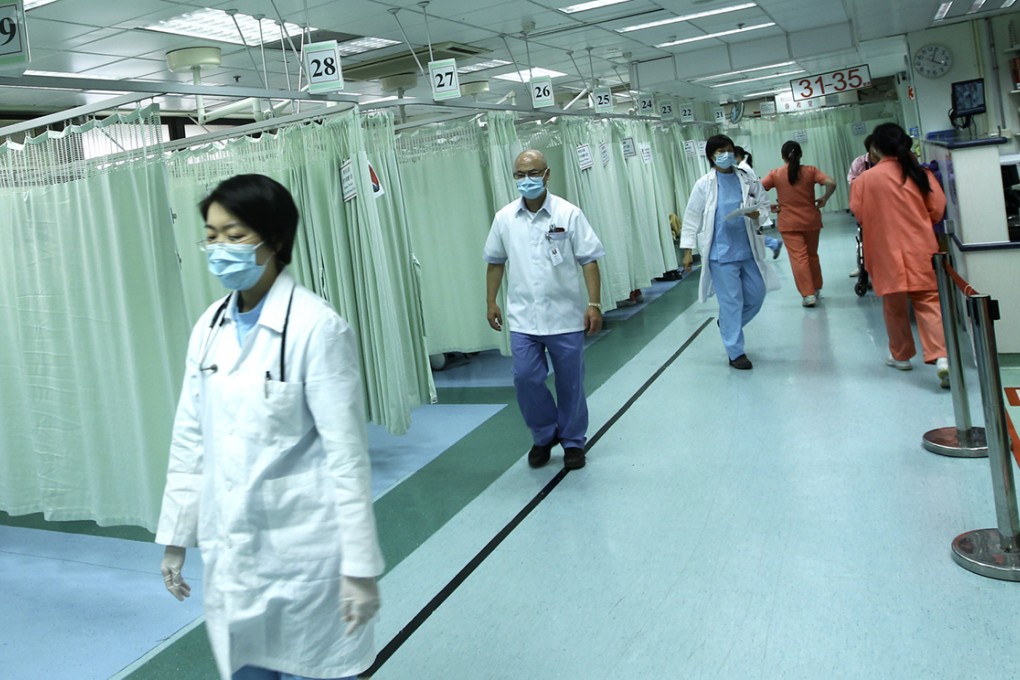Dual systems the key to an effective health system
Plan to boost the Health Protection Scheme will alleviate overburdened public hospital facilities

Of 13,000 registered medical practitioners in Hong Kong, there are about 5,000 doctors in public service, accounting for less than half of the overall doctor manpower, to serve 90 per cent of the inpatient services.
The heavy workload and pressure are unimaginable. Loss of job satisfaction, an unclear career path, deprivation of professional development and training and poor administrative management directly explain the brain drain in recent years.
Not only the head count, but also the accumulated invaluable experience in the public service is directly transferred to the private sector.
Of course, increased opportunities for promotion is one of the strategies to slow down the manpower loss, but not in the long run. Balance in the number of patients and workload between public and private services is the ultimate solution to narrowing this doctor-patient mismatch, and reducing the public-private imbalance.
In its Health Protection Scheme (HPS), the government intended to invest an additional HK$50 billion in the medical field in the hope that this would provide incentives to attract those able to afford medical insurance - especially the middle class - to purchase it. On one hand, the insured has an additional option to follow his own preference during the treatment. On the other hand, the overwhelming workload in crowded Hospital Authority hospitals can be relieved.
Although we should not over-estimate the beneficial effect of the HPS and not expect too much immediate change in balancing the public and private sectors, a reduction of 10 per cent of the workload in the public hospitals is a big improvement. About 30 per cent of Hong Kong citizens have purchased various private health insurance plans.